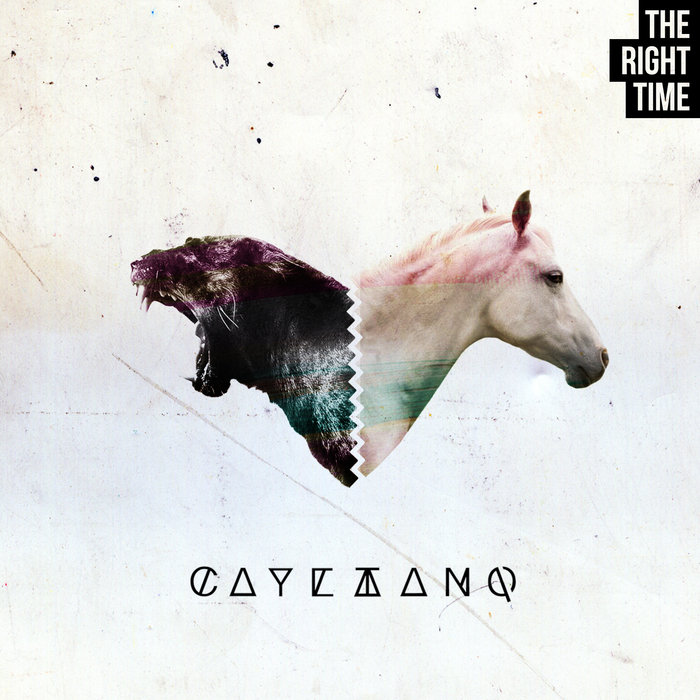
Third World War feat. Georges Perin – Cayetano
this blog is GROOVY – check out great Soul, Funk, Jazz, Hip Hop, Bass, Breaks , Reggae, House n many more TUNES
War, a constant presence throughout human history, has always been a potent muse for music. From ancient battle cries to contemporary protest songs, music has reflected, amplified, and even shaped our understanding of conflict.
The earliest known “war music” dates back to ancient Mesopotamia, with cuneiform tablets documenting the use of drums and horns to inspire troops and intimidate enemies. The Greeks and Romans also used music in their military, employing pipes and trumpets for marching, signaling, and even battle hymns.
Fast forward to the Middle Ages, and war songs, often sung in a style called **”chanson de geste”**, glorified heroes and recounted epic battles. These songs, sung by troubadours and minstrels, played a vital role in shaping public opinion and bolstering morale.
With the rise of gunpowder and organized armies in the Renaissance, war music began to evolve. **Military bands** became increasingly important, providing a unifying rhythm for marching and a source of inspiration for soldiers. The iconic **”ruffles and flourishes”** used for military ceremonies originated during this era.
The 18th and 19th centuries saw the rise of **martial music**, characterized by its stirring melodies and forceful rhythms. Composers like **Beethoven** and **Wagner** incorporated these elements into their work, giving birth to the concept of the **”war symphony”**. While some pieces extolled the glory of war, others, like **”The Marseillaise”**, became anthems of revolution and resistance.
The 20th century brought new challenges and opportunities for war music. The **”Great War” (World War I)**, with its unprecedented scale and technological advancements, spawned a new genre: **”trench songs”**. These songs, often written and performed by soldiers themselves, reflected the harsh realities of life on the front lines. A particularly amusing fact is that **one popular trench song, “It’s a Long Way to Tipperary”, was actually banned by the British military** because it was seen as encouraging desertion!
World War II saw the rise of **patriotic songs** that rallied citizens to the war effort. Songs like **”God Bless America”** and **”We’ll Meet Again”** provided hope and comfort during a time of great uncertainty. On the other side of the conflict, **the Nazi regime employed music** to spread its propaganda, most famously with **”Deutschland Über Alles”**.
The Vietnam War sparked a new wave of protest music. Artists like **Bob Dylan**, **Joan Baez**, and **The Doors** used their music to voice their opposition to the war and its devastating consequences. This music, often characterized by its raw emotion and social commentary, served as a powerful tool for social change.
Today, war music continues to evolve, reflecting the complexities of modern conflicts and the globalized world. From **hip-hop artists like Public Enemy** who address the sociopolitical issues surrounding war, to **electronic music producers like Aphex Twin** who use sound to explore the psychological effects of conflict, war continues to inspire and challenge musicians in unique ways.
While music’s role in war is often seen as being about glorification and propaganda, it also serves as a powerful outlet for individual expression, social commentary, and even humor. From the ironic humor of **”The Ballad of the Green Berets”**, to the satirical songs of **”The Military Wives Choir”**, music reminds us that even amidst conflict, humanity and its complexities endure.

Third World War feat. Georges Perin – Cayetano